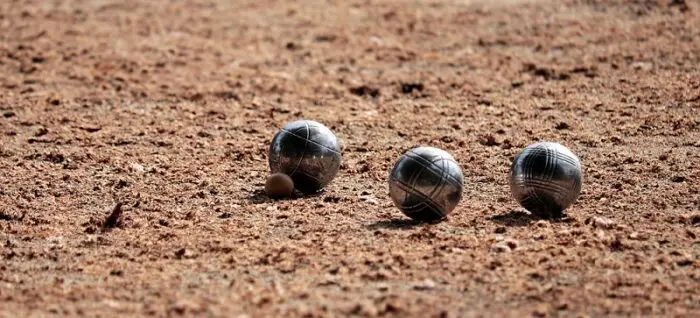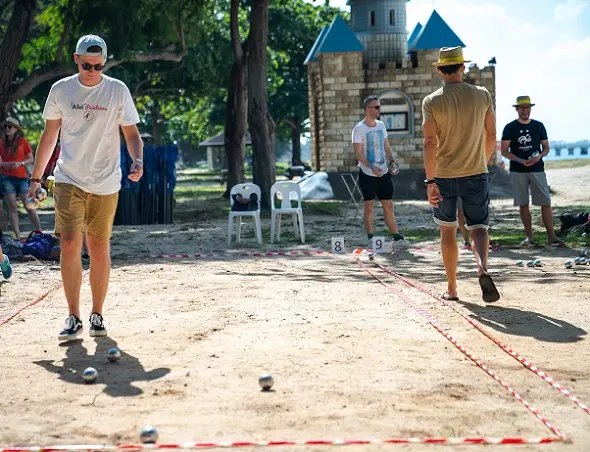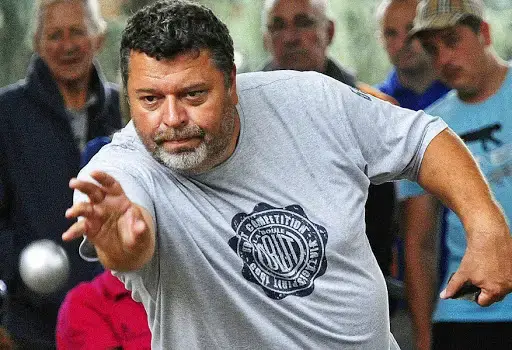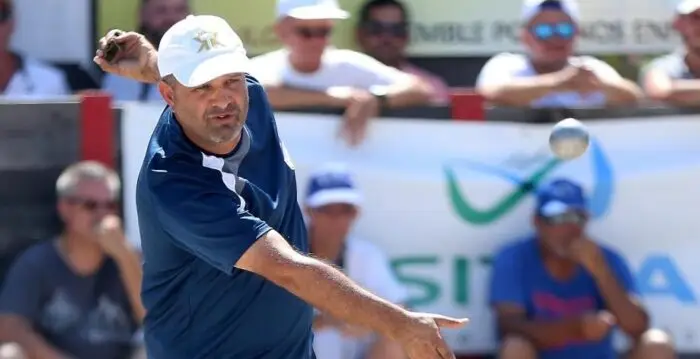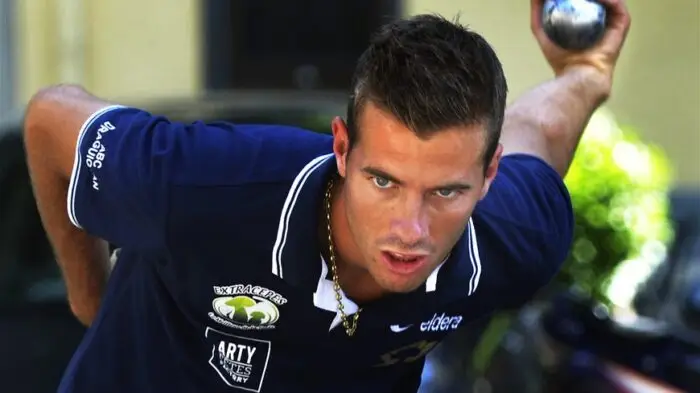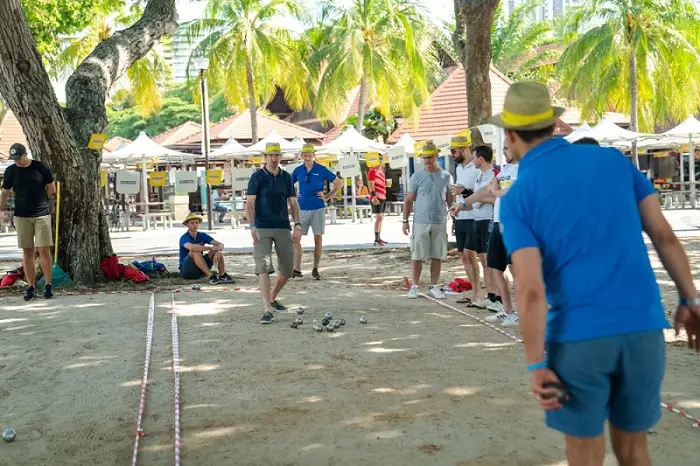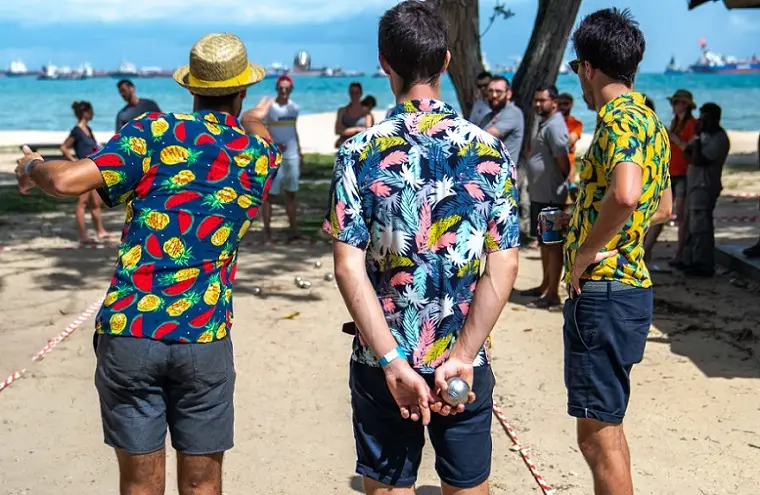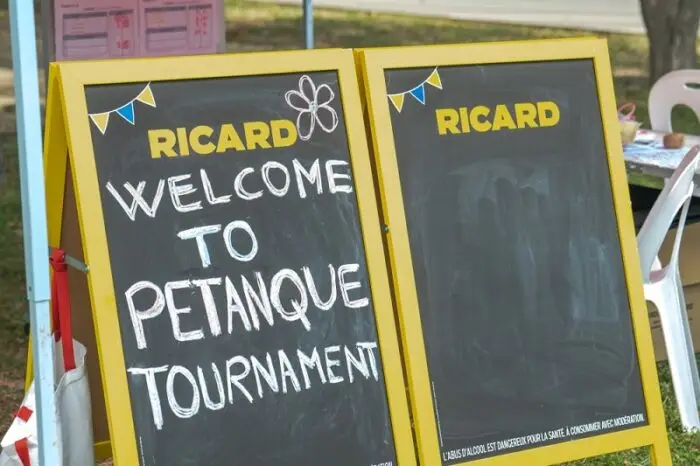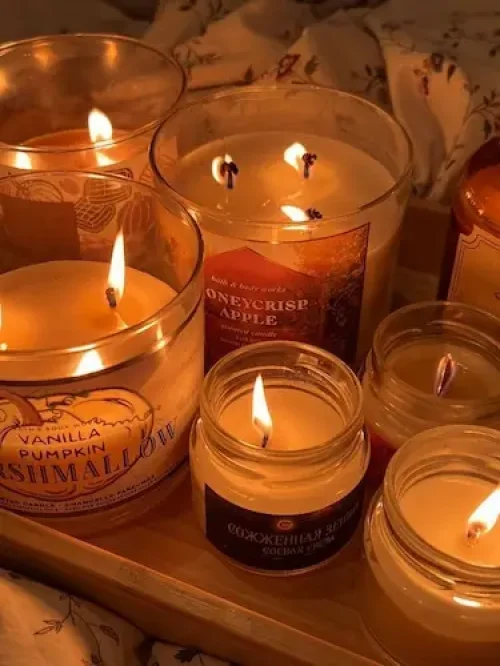So Chic Stories
La Petanque, A French Sport (history and rules)
- - Art & Culture, Lifestyle & Travel
It is said that la Pétanque has origins from the Gaule. It was particularly famous during the Renaissance when the nobility took over the game. From the beginning of the 19th century, the game was widespread in the entire french territory. Almost every region introduced a variant of use. Among them, was the Provençal version, which later gave birth to the Pétanque.
The Pétanque, as it is played now, was created in 1907, during an historical game in the south of France, by Jules Huges, a Provençal champion. Since he could no longer play his favourite game because of his rheumatisms, he started to draw a round, send the goal (called cochonet) at 5-6 meters, and, with “tanned feet”, played his balls to get closer to the goal.
It was not until the first official competition in La Ciotat in 1910 that the word was made official. The term comes from the Occitan Provençal words pè “foot” and tanca “stake”. Unlike the Provencal game, pétanque is played on a shorter field, with the feet anchored on the ground and no momentum allowed.
La pétanque is now considered as one of the most popular sport in France. It is actually the eleventh sport in France in terms of number of licensees. But the success of this sport didn’t stay within the french boarders and is notably quite popular in Thailand, Spain or the Netherlands. Multiple international competitions are organised every year. The most famous one is La Marseillaise.
La Marseillaise is the world largest international pétanque competition. Created in 1962, this annual competition takes place in Marseille, south of France. Starting on the first weekend of July, it is played over five days, from Sunday to Thursday, bringing together more than 13,000 players of all levels.
He won 12 French Championship titles and as many world titles
12 times world champion, 4 times European champion, 20 times France champion and 5 times winner of the French cup of clubs. He trained Philippe Quintais and Philippe Suchaud. The three of them formed the famous “Dream Team” (3 times world champion in a row between 2001 and 2003)
13 times world champion, 11 times France champion.
Considered as one of the best shooters in the world, he won 4 times la Marseillaise world cup. In 2018, he won the world championship in precision shooting.
1 VS 1
Each player gets 3 balls
2 VS 2
Each player gets 3 balls
3 VS 3
Each player gets 2 balls
– Pétanque balls made of 100% steel
– 1 cochonet (wooden ball, called the goal)
– 2 teams
– Size of the field: usually 4 x 15M
– One goal: bring your balls closer to the cochonnet (the “goal”) than your opponent does
To start a game of pétanque, one of the players draws a circle on the ground and stands inside. From there he/she throws the cochonet, that must be between 6 and 10 meters from the circle.
One after one, each player from the same team will have to step inside the circle position inside to play. NB: It is forbidden to get out before the ball has reached the floor.
In a tête-à-tête (1 VS 1), each player must be able to shoot or point.
In a doublette (2 VS 2), each team is composed of one pointer and one shooter.
In a triplette (3 VS 3), one player per team plays as the middle player.
The role of the shooter is to remove the opponents’ balls that are close to the cochonet.
The pointer‘s role is to place his/her ball as close as possible to the goal.
The middle is the versatile player, capable of shooting or pointing
Once all the balls have been thrown by the players, points are counted. Only one team can accumulate points: the one with the closest ball to the goal. The winning team scores one point for each ball that is closer to the cochonnet than the best ball of the opposing team.
To win the game, the team must be the first to score 13 points.
